A recent study by Oloketuyi, J., & Omole, O. (2024) titled “Investigating the influence of cosmic ray and solar activities on atmospheric weather dynamics within the equatorial electrojet region (Nigeria)” published in Discover Atmosphere by Springer Link examines that the northern region of Nigeria (Guinea and Sahel Savannah) has higher temperatures and relative humidity compared to the southern region (Coastal and Derived), which experiences higher precipitation.
“
Cosmic rays and solar activity significantly influence weather patterns in Nigeria, affecting temperature, humidity, and precipitation.
The study investigates the influence of cosmic rays and solar activities on atmospheric weather dynamics within the equatorial electrojet region of Nigeria. It analyzes parameters such as solar magnetic activity, cosmic ray intensity, temperature, relative humidity, and precipitation across major cities and zones in Nigeria over five solar cycles. The study aims to understand how these factors affect weather conditions, particularly in the northern and southern regions of Nigeria.
How the study was conducted
The study utilized solar and atmospheric weather data from 1964 to 2019, covering five solar cycles. Data sources included the Solar Flare Index, Cosmic Ray Intensity, and ERA5 atmospheric weather data. This statistical technique evaluated the degree of association between two continuous functions, such as temperature, precipitation, relative humidity, solar flare index, and cosmic ray intensity. The authors employed wavelet coherence (WTC). This method assessed the correlation between two time-varying data sets in both time and frequency domains, focusing on atmospheric weather parameters and solar activity parameters. The data was processed using a 13-month moving average to smooth out short-term fluctuations and highlight longer-term trends.
What the authors found
The authors found that the northern region of Nigeria (Guinea and Sahel Savannah) has higher temperatures and relative humidity compared to the southern region (Coastal and Derived), which experiences higher precipitation. The authors also found that there are distinct correlation patterns between solar parameters (solar flare index, cosmic ray intensity) and atmospheric weather parameters (temperature, relative humidity, precipitation) across different regions. Solar activity, including solar flares and cosmic rays, influences atmospheric conditions, with cosmic rays showing positive correlations with weather parameters and solar flares showing negative correlations.
Why is this important?
Weather Prediction and Preparedness: Understanding the influence of cosmic rays and solar activity on weather dynamics can enhance weather prediction models. Accurate predictions are crucial for disaster preparedness, agriculture, and infrastructure planning.
Climate Change Implications: Solar activity affects Earth’s climate. By studying these connections, researchers can refine climate models and assess the impact of solar variability on global climate change.
Regional Variability: The distinct differences in weather parameters between Northern and Southern Nigeria highlight regional variations. This knowledge can guide localized climate adaptation strategies.
Technology Development: The recommendation to use locally built equipment for data capture emphasizes the need for technological advancements in weather monitoring. Developing robust, cost-effective instruments can improve data accuracy.
What the authors recommended
- The authors recommend developing and deploying locally built equipment for in-situ data capture. This would enhance the accuracy of weather parameter measurements within Nigeria’s equatorial electrojet region.
- To improve data accuracy, the study suggests using locally installed equipment alongside satellite data. Combining ground-based measurements with satellite observations can provide a comprehensive view of atmospheric conditions.
In conclusion, the study by Oloketuyi and Omole provides valuable insights into how cosmic rays and solar activity influence weather patterns in Nigeria. By analyzing data spanning five solar cycles, the research uncovers distinct regional differences in temperature, humidity, and precipitation, and highlights the significant role of solar parameters in shaping these conditions. The findings underscore the importance of integrating cosmic ray and solar activity data into weather prediction models and climate assessments. Additionally, the recommendation for developing and deploying locally built equipment for more accurate data capture can enhance weather monitoring efforts, leading to better preparedness and adaptation strategies for Nigeria’s diverse climate regions.







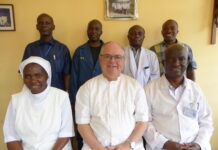

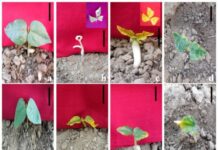
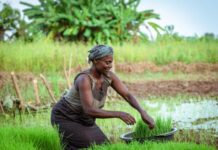

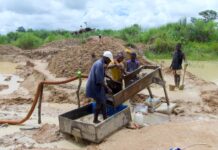

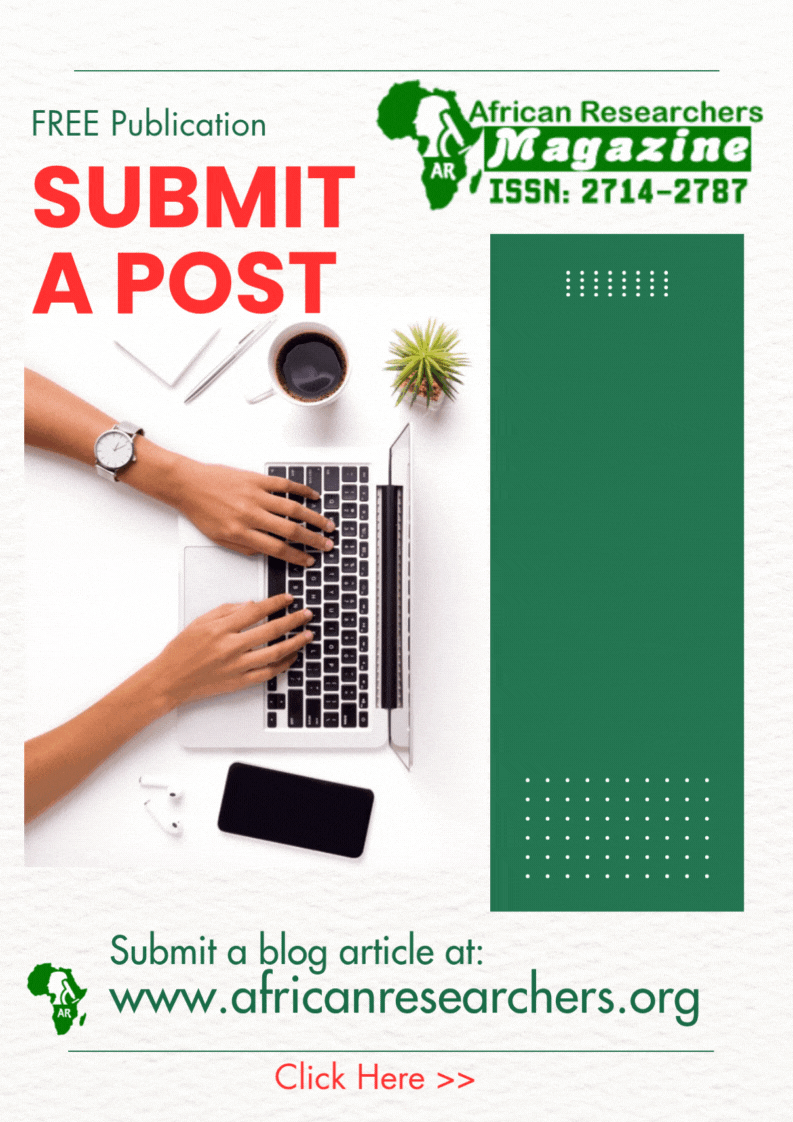

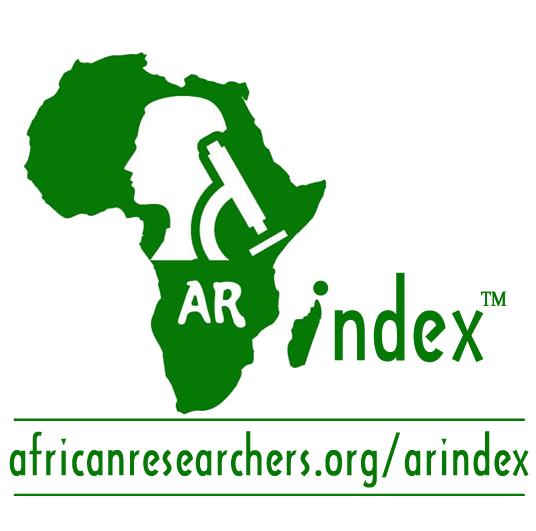 The African Research (AR) Index is a comprehensive scholarly directory and database focused explicitly on journal publishers that publish and disseminate African research.
The African Research (AR) Index is a comprehensive scholarly directory and database focused explicitly on journal publishers that publish and disseminate African research.

